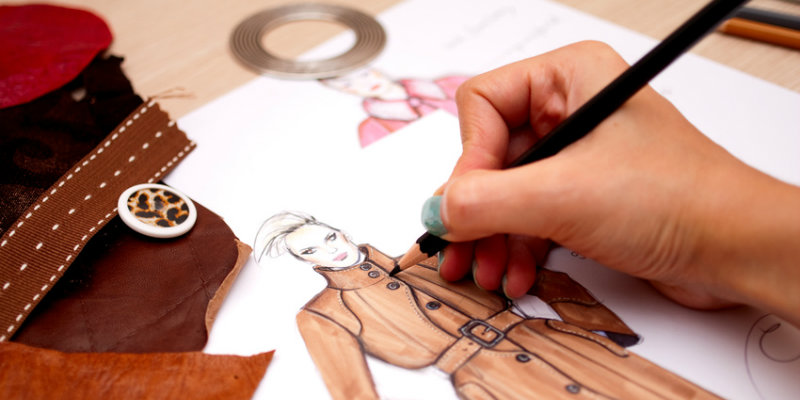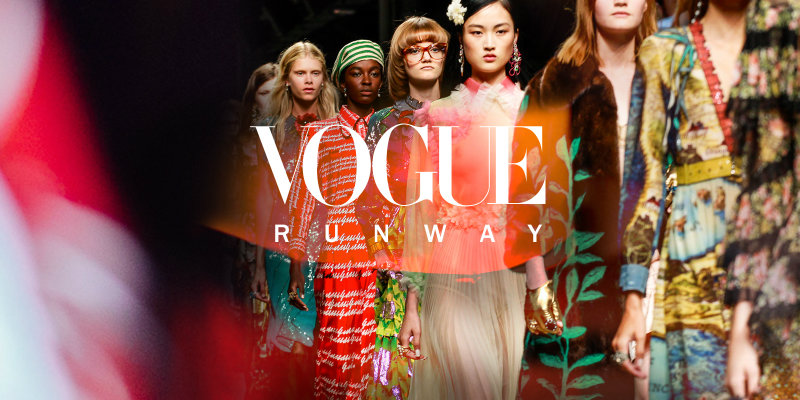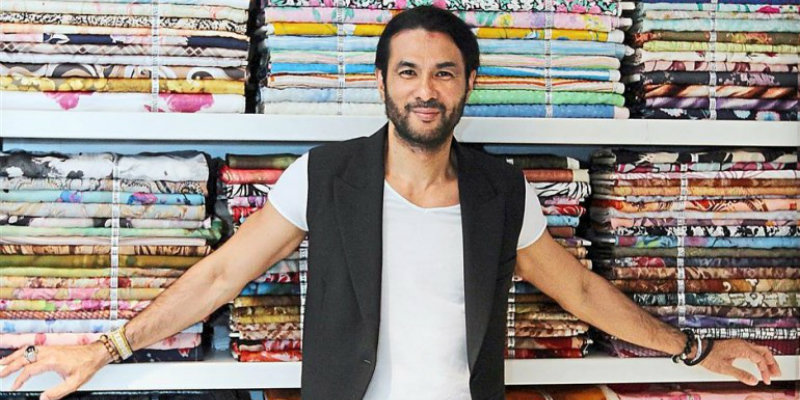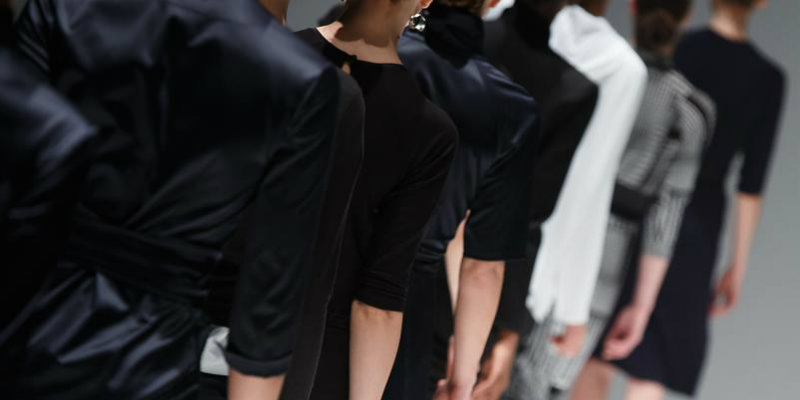A Craft for Life

Afterschool Team
April 7, 2017
by Theresa Belle
Image via howtobecome.com
Among the thriving fashion scenes in Asian cities, Malaysia has emerged as one of the most desirable for manufacturing and investment. The country is a regional leader in textile and apparel export, with 18% going to the United States. Guided by the Third Industrial Master Plan towards 2020, the Malaysian Investment Development Authority is intensifying the promotion of investment in higher value-added textiles and apparel. To drive this industry's growth, we would also need to enhance key support services, domestic capabilities through technology, workforce skill, and institutional support.
International fashion brands such as Marks & Spencer and Guess already have manufacturing bases in the country, and the government’s involvement in growing the textile and apparel industry widens the window of opportunity for young citizens who want to design, create and market apparel. "All of us engage in fashion whether we like it or not. The industry employs millions of people and is bursting with interest in the developing world," says Dato' Tiffanee Marie Lim, Vice President of Brand, Creativity and Talent Development at Limkokwing University of Creative Technology. She goes on to say that while practical designers are more in-demand than ever, those who can sustain a brand stand apart from others and are valued in the industry.
In a typical fashion design course, students are exposed to various facets of building a career in the field, including the business and brand management. The industry moves fast, and today a strong brand is more closely linked to longevity than fashion skill per se. Students are encouraged to start creating as early as possible and build their portfolio while still in university through workshops, fashion shows, competitions and internships with renowned designers or studios. Regardless of the product, designers thrive on the sense of satisfaction gained in the work process, despite hectic schedules and fast-paced environments. In the words of fashion great Christian Dior, "In a machine age, dressmaking is one of the last refuges of the human, the personal, the inimitable."
Changing with the times
Image via mzlim.com
The fashion industry is ever-evolving, combining popular aesthetic and timely necessity. Products that capture attention are those that cash in on trends in a unique way. This is seen in trends new and old. Islamic fashion, for example, which is anticipated to be a multibillion dollar industry by 2020, reflects the growth of Islam and religious influence in communities. Nike's debut of its Pro Hijab, an opaque sports headscarf made of breathable lightweight polyester, is one of the many products this year that drew major attention to the modest wear market.
Locally, Muslimah fashion bloggers and designers increasingly gain traction through social media outlets, online or boutique stores, and events such as Kuala Lumpur Modest Fashion Week.
Fashion influencers take on multiple roles – writer, designer, entrepreneur – to build their brand. Thus, they are involved at all stages of getting pieces out, from design and production to retail and sales. Malaysia is primed for success in this field as a predominantly Muslim country, with local designers having the cultural insight to create garments catered to Muslim women. Making clothes, shoes, bags and accessories is a timeless craft because it is constantly being refreshed by quirky concepts, as much as new takes to staple products. It goes without saying that a creative eye is vital in translating ideas to artful apparel, but this also requires the ability to make current influences relevant to the consumers you serve.
Reflection of passion
Image via vogue.com
Culture, society and identity are influences of many artists, which is why fashion is referred to as a form of expression. It is not only a reflection of the designer, but of the person putting it on, and of the intricate nuances that connect them in subtle but important ways. After all, what we wear speaks volumes about how we perceive ourselves, and how we want to be perceived. Like most creative arts, a career in fashion design is not a 9 to 5 job. The best designers are those that put so much of themselves into their work that their brand becomes a reflection of their passion.
As Lim says, fashion is a living artform that consistently presents opportunities for experimentation.
It helps that we now have so many new avenues to get a brand going. The use of the internet has accelerated this growth by blurring borders of sociocultural influence, enabling easy information sharing and collaboration of expertise.The use of digital platforms also places more power and agency over creations with the designer.
For example, through online retail, labels get to determine their own value by pricing their products for their markets, while designers keep bigger margins because they do not have to lease a physical store.
"Brilliant ideas are circulating and digital platforms are really changing the game. Photography and internet communications are the pillars of getting your point across, so people can now be their own bosses and call the shots with their aesthetic and personal clients. People also work in smaller teams," says Lim. If you are planning to venture into this field, move forward with the knowledge that fashion designers turn elements of the world around them to make apparel that represent identities and communities of the time. While it is a competitive industry, a career in fashion design promises to be exciting and illustrious if one channels their passion and skill towards creating or sustaining a brand they believe in.
Malaysian icons
Image via startwo.com.my
Homegrown talent is never lacking in the country, with several Malaysian designers having carved their name in the international scene. Check out how some of these local successes paved their way into the industry.
• Nurita Harith, who participated in the television series competition Project Runway Malaysia and became a stylist for Malaysian Tatler, studied at the Surrey Institute of Art in London.
• Eric Choong was a student of Hong Kong Institute of Fashion Design before he debuted his first line in 1990. Today, he owns a boutique in Telawi, Bangsar, and owns the menswear line Freedom by Eric Choong.
• Zang Toi, who is well known for his glamorous creations that often dress celebrities, went to Parsons School of Design. He was recognised in a 1990 Vogue issue, and now, his House of Toi brand is almost reaching its three-decade mark.
• Melinda Looi is an award-winning designer known for her signature vintage and avant-garde style. Before releasing numerous distinct lines, she attended La Salle Institute of Design in Malaysia, then La Salle School of Fashion in Montreal.
• Bernard Chandran went to the International Fashion Training Centre in Petaling Jaya before scoring a spot at the prestigious Paris Fashion School in France. He is an iconic figure in Malaysian fashion, having designed for royalty and celebrities, and serving as chief designer on Project Runway Malaysia.
Career options
Image via imonation.com
• Jewelry designer
• Fashion buyer
• Fashion journalist
• Fashion consultant
• Fashion photographer
• Illustrator
• Textile designer
• Production designer, theatre/television/film
Hone your craft
Image via cunard.com
Although sewing and tailoring are important skills required of a fashion designer, these are not all there is to it. A student of fashion must have a sense of style, with the ability to discern where, when and to whom they are applicable. An understanding of how fashion changes with time is also crucial in the interpretation of styles and those wearing or designing them.
Successful fashion designers embody their brand in their attire, attitude and speech, but also have the social and marketing skills to connect with others through their art. Aesthetic skills such as sizing, and colour and pattern arrangement are other important skills to hone. A knowledge of photography would also come in handy in arranging and displaying your creations. If you think you have what it takes to pursue a passion for fashion, here are some local private institutions where you can begin your journey as a designer.
| Private Institutions | Courses |
| Tunku Abdul Rahman University College (TAR UC) | Bachelor of Design (Hons.) in Fashion Design |
| Geomatika College International | Diploma in Fashion Design |
| INTI International University | Diploma in Fashion Design |
| Kuala Lumpur Metropolitan University College (KLMUC) | Diploma in Fashion Design |
| Limkokwing University of Creative Technology | BA (Hons) in Fashion & Retail Design |
| Linton University College | BA (Hons) Fashion Design, Diploma in Fashion Design |
| Management & Science University (MSU) | Bachelor in Fashion Design (Hons), Diploma in Fashion Design |
| Raffles College of Higher Education | Bachelor of Design (Jewellery Design), Advanced Diploma in Jewellery Design, Advanced Diploma in Fashion Design |
| The One Academy | Diploma in Fashion Design and Pattern Making |
| UCSI University Malaysia | BA (Hons) Fashion Design with Marketing, Diploma in Fashion Design |
| Widad University College | Diploma In Fashion Creative Design |









